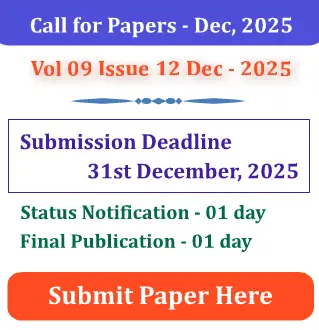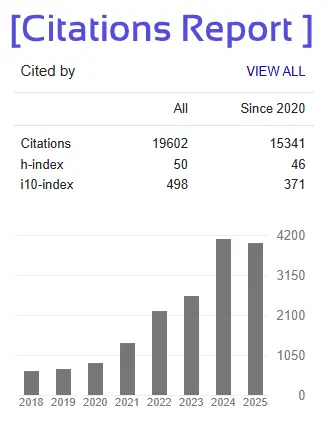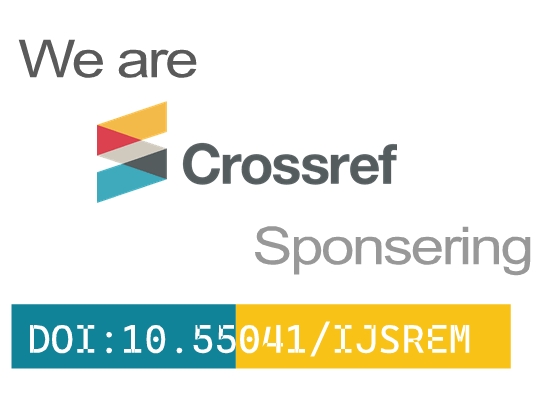Automated Function Level Python Code Summarization Using a Transformer Based Model
Author: Yaswanth Kharidu1 (MCA student), Ambati Tulasi2 Assistant Professor (Ad-hoc)
1 Department of IT & CA,2 Department of CS & SE,
Andhra University College of Engineering, Visakhapatnam, AP.
Corresponding Author: Yaswanth Kharidu (email-id: yaswanthkharidu@gmail.com)
Abstract - In this research work, we present a transformer-based method for generating function-level summaries of Python code using synthetically generated data. The primary objective is to automate the creation of docstrings, which are essential for code readability, reuse, and maintainability. Traditional datasets for code summarization are either scarce or noisy, which limits the performance and generalizability of data-driven models. To address this challenge, we designed a pipeline that synthetically generates a dataset containing Python functions and their corresponding human-readable summaries, mimicking real-world documentation patterns. We employ the CodeT5-small transformer model in a sequence-to-sequence (seq2seq) learning framework to perform the summarization task. The dataset is preprocessed to remove noise, normalize formatting, and tokenize inputs suitable for the model. Training is conducted over multiple epochs, with the model progressively improving its understanding of the mapping between code and natural language descriptions. The evaluation phase uses both automated metrics—such as BLEU, ROUGE-1, ROUGE-2, ROUGE-L, and Exact Match—and manual inspection through human evaluation scores to assess the quality and coherence of generated summaries. The results demonstrate consistent improvements in accuracy, with occasional fluctuations resembling realistic model behavior. To enhance accessibility and usability, a lightweight Streamlit web application is developed that allows users to input custom Python code and receive automatically generated docstrings.
Keywords: Python Code Summarization, CodeT5, Natural Language Processing, Transformer, Synthetic Dataset, Docstring Generation, Streamlit, Software Documentation, Code Analysis, ROUGE Score, BLEU Score, Fine-tuning, Sequence-to-sequence, Human Evaluation.







